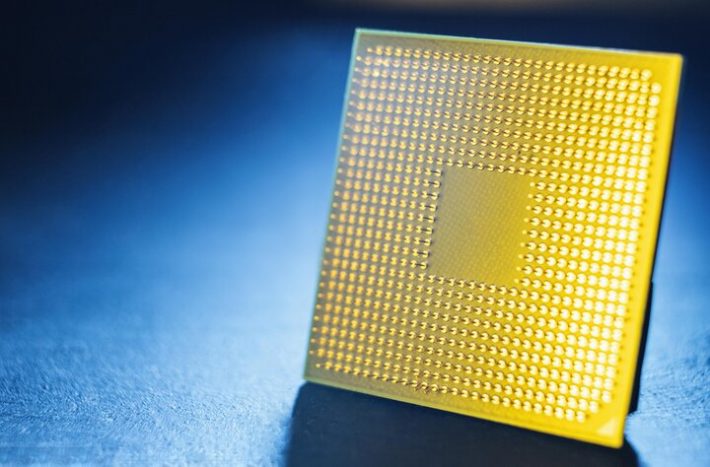As we’ve recently discussed in part 1 of this blog, with the lean approach, enterprises can launch effective smart, connected products even within a limited budget. We’ve mentioned that minimising the volume of analysed data and starting with a solution with a simple logic help to reduce IoT development and implementation costs. Today, we’ll reveal more ways that enable enterprises to deploy smart, connected products without breaking the budget, says Alex Grizhnevich, process automation and IoT consultant, ScienceSoft.
Moving intelligence from local software to the cloud
Additional costs come from making smart, connected products “intelligent” themselves by equipping them with in-built software. But for entry-level solutions, it may be enough to implement and support logic in the cloud, thus making a smart, connected item itself cheaper. What is more, with the logic in the cloud, there is no need for additional on-premises software maintenance.
Example: Smart greenhouses. In a smart greenhouse, sensors take temperature and humidity of soil and air. Taking the data from sensors, an IoT solution compares it to the acceptable values defined beforehand. When additional heating or watering is needed, control apps send corresponding commands to actuators. Such operations can be conducted with embedded software, but it would make a separate smart greenhouse more expensive. Also, with moving logic to the cloud, it’s easier to connect every new smart greenhouse to the cloud as it doesn’t need additional equipping with embedded software.
What is no less important in respect to reducing IoT development and implementation costs, a smart greenhouse can work according to the rule-based approach, no machine learning is needed. To make this solution even cheaper, it’s possible to do without control apps and make an operator send commands to actuators via a mobile or a web app. As regards the volume of the data for analysis, as only the general situation in the greenhouse is of interest, it’s not necessary to place sensors densely. In this case, it may also be not critical if the data is taken, for example, once in 10 minutes, which again contributes to the affordability of such a solution.
Controlling products from mobile or web applications
Another option to save on a smart, connected product’s costs is to enable the full control over it with a separate mobile or a web app for a customer instead of integrating the product into an enterprise system such as SCADA. Integration brings additional costs and complexities (for example, a new product needs to be synchronised with all the equipment monitored and controlled with SCADA).

Of course, the latter option would make the control over a product more convenient, but at the entry level, it’s possible for both a smart, connected product provider and a user to go with a separate app to monitor and control it.
Example: in a small factory producing medicine, operators use mobile and / or web applications to set up the parameters how and in which quantities smart equipment should mix raw materials to get necessary substances depending on the quality of the raw materials (which is defined with the help of sensors).
What’s next – further growth is not a problem
Starting simple doesn’t mean becoming outdated later. As a business scales up, new resources (human, financial, etc.) become available, and a possibility or a necessity come up to continue the work on the already launched smart, connected product.
It means that in IoT development and implementation, it can be useful to first focus on the core of the solution providing it with fundamental and ever-useful features, and then gradually expand it with additional components, which will enhance a product’s functionality and add to its value. Such approach reduces not only initial costs, but also a project’s complexity and unevenness at all its stages.
Endnote
Although entering the IoT world may be rather expensive for business players, there are the ways to reduce costs of bringing an IoT initiative to reality. For example, the lean approach helps to deliver a solution that brings more business value with fewer resources used.
Applying lean approach in IoT development, available resources are optimised and waste is reduced with minimising the volume of the data for analysis, simplifying the logic of a solution, moving intelligence to the cloud, controlling products with mobile and web apps.
It’s prudent to begin with a simple smart, connected product using simple logic and dealing with not very large data volumes (just what is needed for a product to perform its functions) and in the future, as new needs, requests and resources appear, add advanced functionality to a smart, connected product being more confident of the return on investment.
The author of this blog is Alex Grizhnevich, process automation and IoT consultant, ScienceSoft
About the author
Alex Grizhnevich is a process automation and IoT consultant at ScienceSoft, an IT consulting and software development company headquartered in McKinney, Texas. His 17+ years’ experience in IT and OT includes programming industrial microcontrollers, developing web and desktop applications, databases and document management solutions for oil & gas and logistics. Holding the degree in automation and management of industrial processes, Alex is now focusing on IoT and machine learning on sensor data.
Comment on this article below or via Twitter: @IoTNow_OR @jcIoTnow










